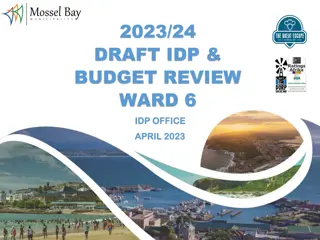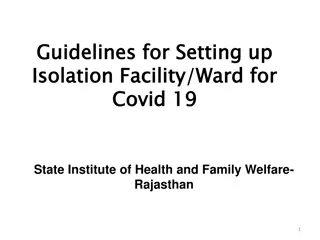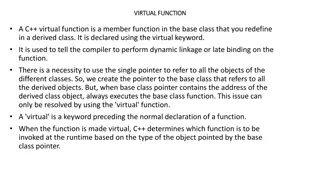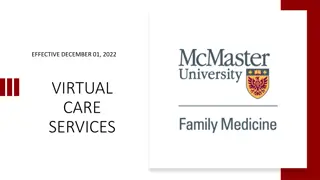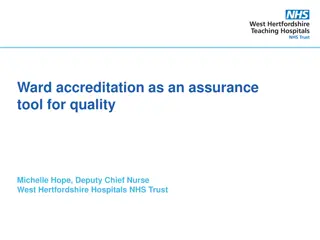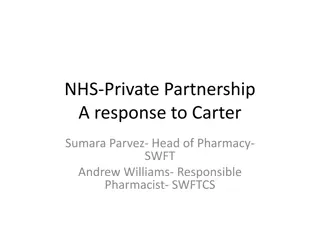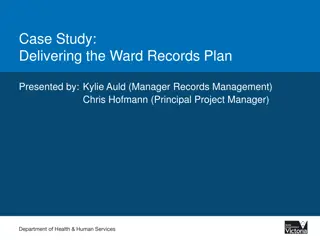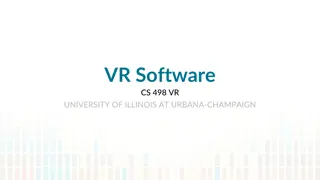
Cheshire and Merseyside Virtual Wards 2022 Progress
Discover the progress and challenges of the virtual ward programme in Cheshire and Merseyside in 2022, including barriers to delivery, key principles for a revised model, and the impact of the initiative. Explore what's next in terms of evaluation, impact, and quality improvements for the coming years.
Download Presentation

Please find below an Image/Link to download the presentation.
The content on the website is provided AS IS for your information and personal use only. It may not be sold, licensed, or shared on other websites without obtaining consent from the author. If you encounter any issues during the download, it is possible that the publisher has removed the file from their server.
You are allowed to download the files provided on this website for personal or commercial use, subject to the condition that they are used lawfully. All files are the property of their respective owners.
The content on the website is provided AS IS for your information and personal use only. It may not be sold, licensed, or shared on other websites without obtaining consent from the author.
E N D
Presentation Transcript
Virtual Wards Progress this year in Cheshire and Merseyside
Background The virtual ward programme in Cheshire and Merseyside was commissioned in 2022/23 to deliver a community-based alternative to inpatient care. Initial expectations of the Cheshire and Merseyside system were to deliver 900 virtual ward beds with a utilisation rate of 80% by April 2024. Due to delays in implementation the expectation was reduced to 590 beds by April 2024. The expected target occupancy rate remained at 80%. When we adopted the programme in Jan 24, it provided circa 440 VW beds with utilisation rate of around 65% on average There were concerns about the cost of the programme, given the low utilisation rate A reduced budget allocation was agreed for 24/25 with a clear aim of improving utilisation, before reviewing the position for 25/26 The MHLDC provider collaborative undertook a wholescale review of the VW programme to understand the barriers to adoption and the drivers for success
Barriers to delivery Condition specific model Patient identification Overnight Cover Prescribing and Pharmacy input Baseline community service provision Clinical and operational leadership Multiple partner delivery models Telehealth / remote monitoring Data accuracy
Key Principles for a Revised Model Lead provider organisations with defined accountability Named operational and clinical lead for each organisation Alignment of output with commissioning Funding based on principle of per bed Funding allocation for future years based on previous years utilisation Reduction in Docobo contract based on reduced numbers of tech enabled VW Agreement of minimum level of recurrent funding Move from condition specific pathways Reduced capacity target based on evidence-based ability to deliver Re-focus on step up Senior clinical input Defined case finding process Integration of VW services with related community-based services Governance Financial Operational
What next? 900 850 800 750 700 650 Opportunity Gap? 600 550 500 450 400
What next? Evaluation of 24/25: focus on impact & quality Develop plans for 25/26 and beyond What is the size of the potential opportunity and what difference could this make? impact & quality

